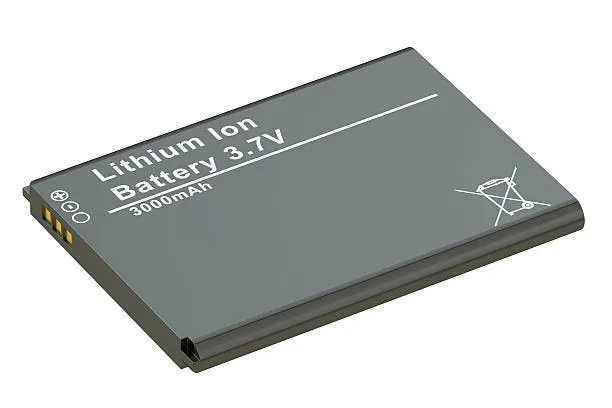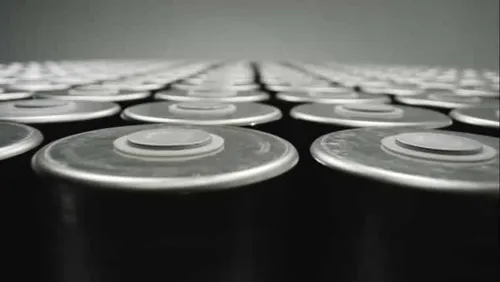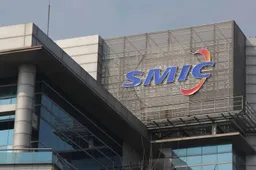China issues a new industry standard for lithium-ion batteries
TechSaturday, 11 December 2021 at 11:59

The Ministry of Industry and Information Technology issued a notice on December 10. The notice states that it is revising the lithium-ion battery standards. The ministry claims that this is in order to promote the transformation and upgrading of the industry and technological progress. The ministry also revokes the "Lithium-ion Battery Industry Specification Conditions (2018 Edition)" and the "Interim Measures for the Administration of Lithium-ion Battery Industry Specification Announcements (2018 Edition)".

Lithium-ion battery companies should meet the following conditions:
Legally registered and established companies within China must keep to the following conditions. Their R&D expenditures will not be less than 3% of the company’s main business income for the year. Furthermore, these companies will have to obtain provincial level, R&D institutions, technology centers, or high-tech enterprise qualifications. Their main products must have technical invention patents.
Enterprises should adopt advanced technology, energy saving, environmental protection, safe and stable practices. Specifically, these brands must have the following
1. Lithium-ion battery companies should have the ability to monitor the uniformity of electrodes after coating. The thickness and length of the electrode coating should be controlled at a precision of not less than 2μm and 1mm respectively. They should have electrode drying technology, and the water content control precision should not be less than 10ppm.
2. Lithium-ion battery companies should have the ability to control temperature, humidity, and cleanliness during the injection process. They should have the ability to detect internal short-circuit high voltage (HI-POT) online detection after battery assembly.
3. Lithium-ion battery pack companies should have the ability to control the open-circuit voltage and internal resistance of single cells. The accuracy should not be less than 1mV and 1mΩ respectively. Furthermore, they should have the ability to check the battery protection board function online.
Battery performance:
- Consumer battery energy density is ≥230 Wh/kg
- Battery pack energy density is ≥180 Wh/kg
- Polymer single battery volume energy density is ≥500 Wh/L
- Cycle Life ≥500 times a
- The capacity retention rate is ≥80%.
- The energy density of the energy-type single cell using ternary materials is ≥210 Wh/kg
- Energy density of the battery pack is ≥150 Wh/kg
- Energy density of other energy-type single cells is ≥160 Wh/kg
- The energy density of the battery pack is ≥115 Wh / kg
- Power density of the power single battery is ≥500 W/kg
- Power density of the battery pack is ≥350 W/kg
- Cycle life ≥1000 times and capacity retention rate ≥80%
- Energy density of the energy storage type single battery is ≥145Wh/kg
- Energy density of the battery pack is ≥100Wh/kg
- Cycle life is ≥5000 times and the capacity retention rate is ≥80%.
Cathode material:
The specific capacity of lithium iron phosphate is ≥145Ah/kg while the specific capacity of ternary material is ≥165Ah/kg. In addition, the specific capacity of lithium cobaltate is ≥160Ah/kg, and the specific capacity of lithium manganate is ≥115Ah/kg. Other cathode material performance indicators can refer to the above requirements.
Anode material:
The specific capacity of carbon (graphite) is ≥335Ah/kg while the specific capacity of amorphous carbon is ≥250Ah/kg. Furthermore, the specific capacity of silicon-carbon is ≥420Ah/kg.
Chinese Lithium-ion battery industry standard conditions (2021 version ): Click to download
Popular News
Latest News
Loading

